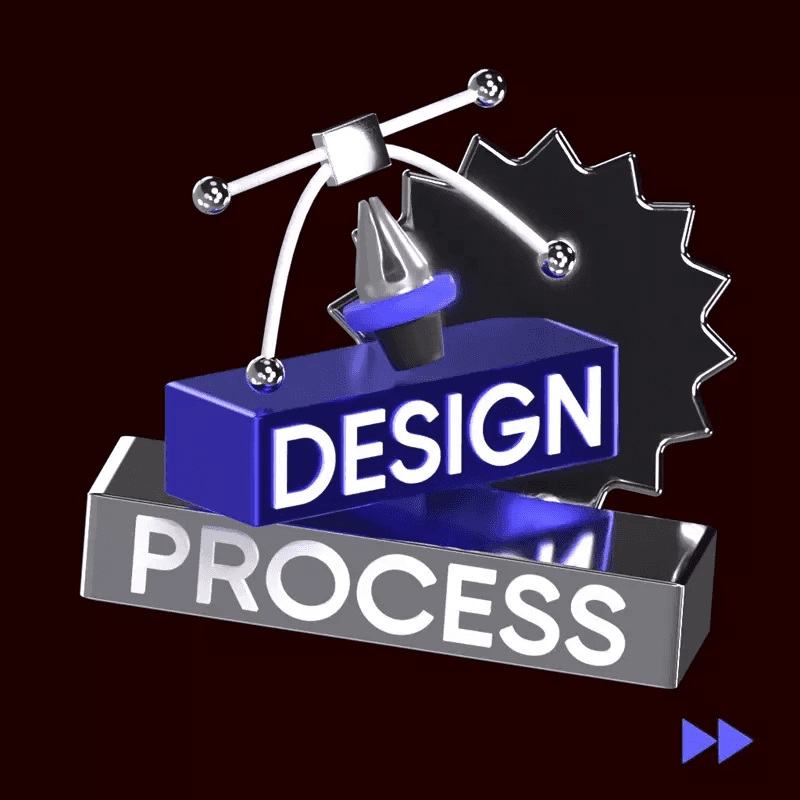Photo-realistic Rendering
Photo-realistic Rendering
Photo-realistic Rendering
Photo-realistic rendering refers to the process of generating computer-generated images that closely resemble photographs in terms of their appearance and visual realism. It involves utilizing advanced rendering techniques, lighting models, and material properties to achieve highly detailed and lifelike images that are virtually indistinguishable from actual photographs.
Techniques and Technologies:
Photo-realistic rendering employs various techniques and technologies to create visually stunning and accurate representations. These include:
Ray Tracing: One of the fundamental techniques used in photo-realistic rendering is ray tracing. It simulates the path of light rays as they interact with objects in a scene, accurately calculating their reflections, refractions, and shadows.
Global Illumination: Global illumination algorithms simulate the indirect lighting effects that occur in real-world environments. This includes the interaction of light bouncing off surfaces, creating soft shadows, ambient occlusion, and color bleeding.
Texture Mapping: Texture mapping involves applying detailed textures and surface properties to 3D models, enhancing their realism and providing intricate details such as roughness, glossiness, and patterns.
High Dynamic Range Imaging (HDRI): HDRI techniques capture a wider range of light intensities and colors, allowing for more accurate rendering of scenes with extreme contrasts between bright and dark areas.
Physically Based Rendering (PBR): PBR models the behavior of light and materials based on real-world physics, resulting in a more accurate representation of how light interacts with different surfaces, such as metals, plastics, or fabrics.
Applications:
Photo-realistic rendering finds applications in various industries, including:
Architecture and Real Estate: Architects and real estate developers use photo-realistic rendering to visualize and present their designs before construction, allowing clients to experience the look and feel of the final product.
Product Design and Marketing: Manufacturers and marketers utilize photo-realistic rendering to create realistic product visualizations, enabling them to showcase their products in advertisements, packaging, and online catalogs.
Entertainment and Animation: The film, gaming, and animation industries heavily rely on photo-realistic rendering to create immersive and visually stunning virtual worlds, characters, and special effects.
Virtual Reality (VR) and Augmented Reality (AR): Photo-realistic rendering plays a crucial role in creating realistic virtual and augmented reality experiences, enhancing immersion and believability.
Overall, photo-realistic rendering represents a powerful tool that allows artists, designers, and engineers to bridge the gap between imagination and reality, enabling the creation of visually compelling and lifelike digital content.
15,000+ customizable 3D design assets
for UI/UX, website, app design and more


quote post


Information post


marketing post
Sign up for free
View All
A
B
C
D
E
F
G
H
I
J
K
L
M
N
O
P
Q
R
S
T
U
V
W
X
Y
Z
#
View All
A
B
C
D
E
F
G
H
I
J
K
L
M
N
O
P
Q
R
S
T
U
V
W
X
Y
Z
#
View All
A
B
C
D
E
F
G
H
I
J
K
L
M
N
O
P
Q
R
S
T
U
V
W
X
Y
Z
#
Tools
Create
Tools
Create